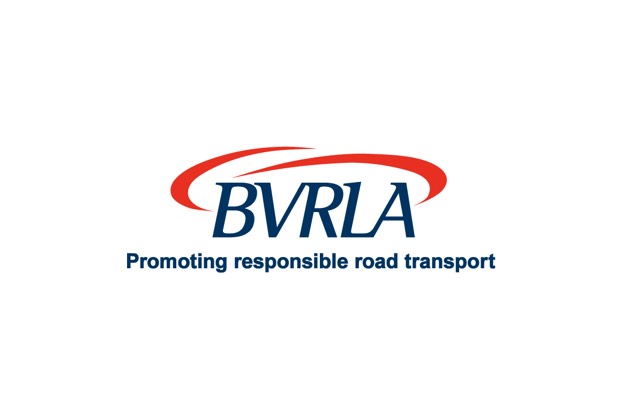8 March 2018
Fleets should consider WLTP and NEDC derived CO2 figures when acquiring new cars
Fleets should consider vehicle emission figures derived from both the new Worldwide harmonised Light Vehicles Test Procedure (WLTP) and the outdated New European Driving Cycle (NEDC) when adding vehicles to their fleets.

That's the advice from the British Vehicle Rental and Leasing Association (BVRLA), which has published a new fact sheet for members, which include Activa Contracts, on the new testing regime.
The BVRLA is encouraging members to clearly communicate both sets of carbon dioxide (CO2) emission data to customers to ensure transparency during the transition from the NEDC test to the new WLTP test.
Since September 2017, the new WLTP regime has applied to all new car and van models requiring type approval. It will apply to all cars and vans from September 2018.
However, to avoid a 'cliff-edge' scenario - some industry experts have warned that CO2 figures on a car-by-car basis could be as much as 20% higher under WLTP when compared with NEDC testing - there is a two-year transitional period from September 1, 2018.
During that period manufacturers must produce a WLTP figure and an NEDC equivalent figure, which is calculated through use of a software tool. The NEDC figure will continue to be shown on a vehicle's V5C until April 1, 2020 when the figure will switch to the WLTP figure.
The NEDC figure will be used for tax purposes including Vehicle Excise Duty and company car benefit-in-kind tax, until April 2020.
However, the government has said that all vehicle manufacturers should change over to new WLTP fuel consumption figures in their promotional material and advertising for all vehicles on January 1, 2019.
The BVRLA said: “Customers should be made aware that the CO2 figure relating to their vehicle is likely to be different under the two testing schemes and so should consider both at the point of lease.”
Simultaneously, a Real Driving Emission (RDE) test procedure is being introduced for Euro6 diesel vehicles. It measures emission levels of nitrogen oxides (NOx), and particle numbers (PN).
RDE is being introduced in two phases: RDE1 was introduced for new models in September last year and will apply to new vehicles from September 2019; the tougher RDE2 standard will be introduced for all new models by January 2020 and for all new vehicles by January 2021.
Chancellor of the Exchequer Philip Hammond said in last November's Budget when announcing an increase in the existing diesel company car benefit-in-kind tax supplement from 3% to 4% from April 6 this year that the supplement would be removed in its entirety on cars that met the RDE2 standard. Currently no vehicles on sale in the UK meet the RDE2 standard.


